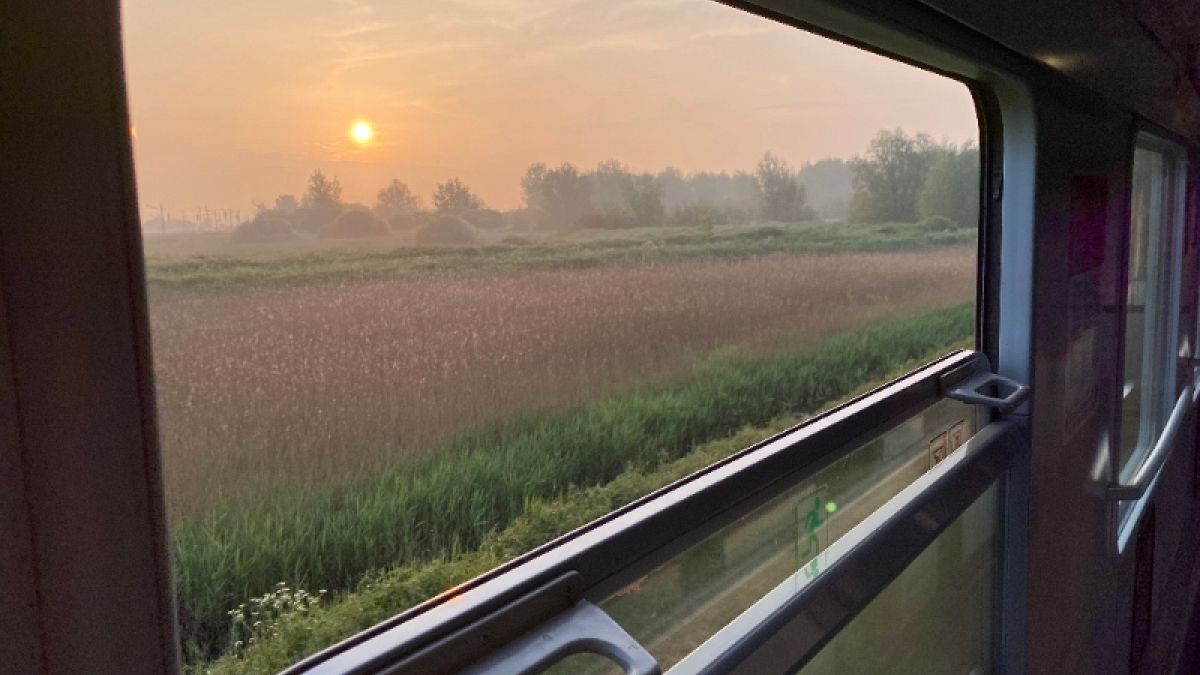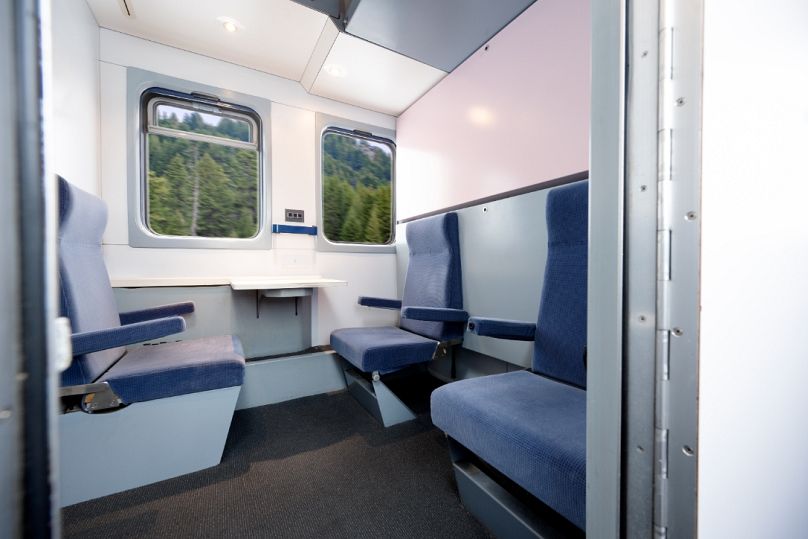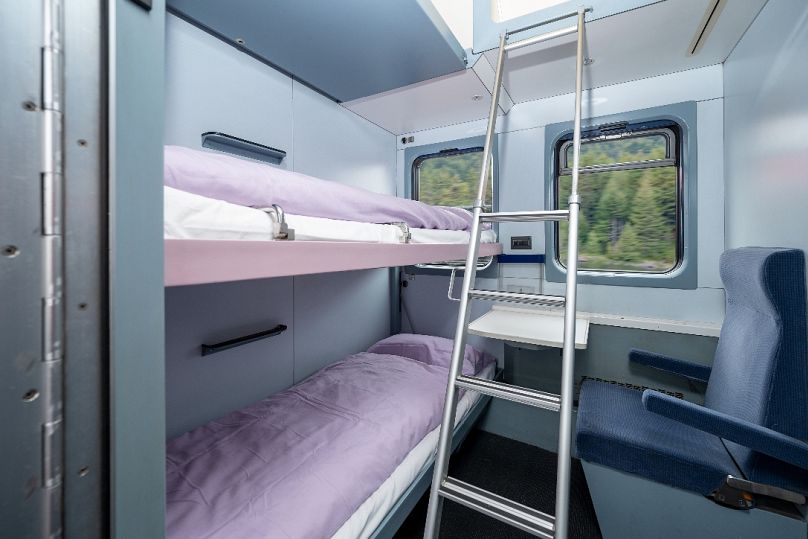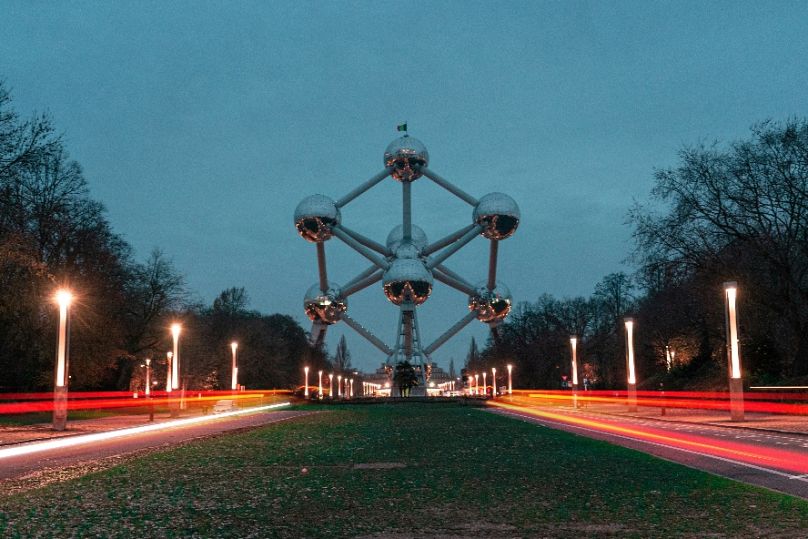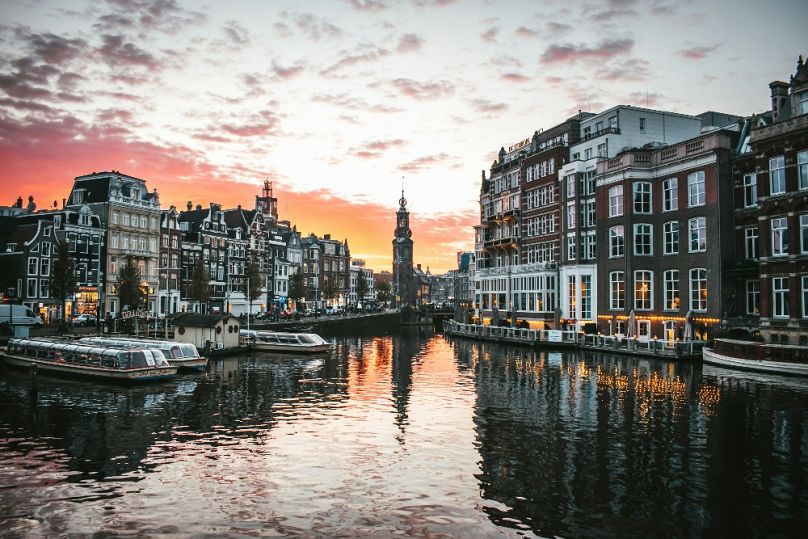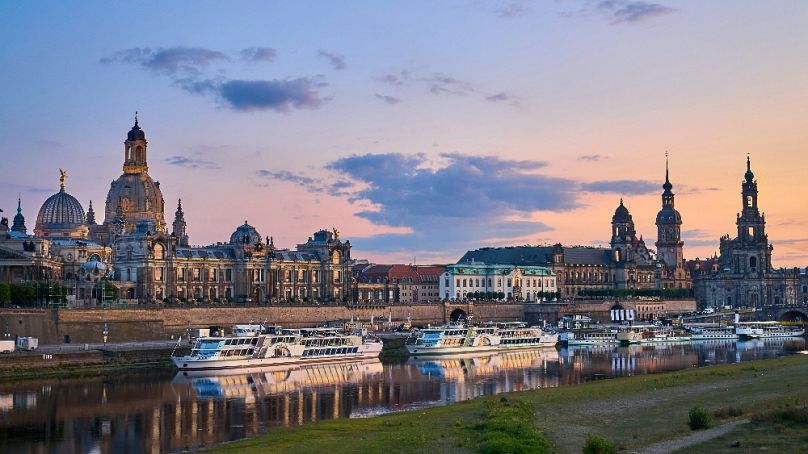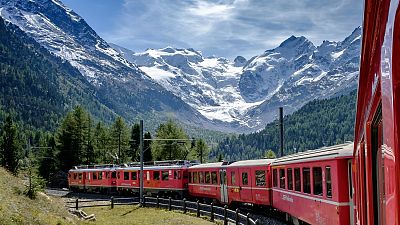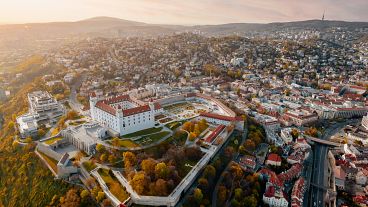This new route crosses four countries and three cities and offers on-board options for all kinds of travellers.
If you’re keen to add some of Europe’s most exciting destinations to your list this year but would rather not fly, you’re in luck.
Welcome aboard Europe’s Good Night Train - a new venture by Belgian-Dutch company European Sleeper. The service launches on 25 March, adding to an existing Brussels - Amsterdam - Berlin route already run by the company.
Passengers will be swept from Antwerp in Belgium to Rotterdam in the Netherlands through Dresden in Germany and, going further east for the first time, to Prague, the capital of the Czech Republic.
The Good Night Train will essentially be a hotel on rails, offering varying degrees of comfort for a range of different prices.
Everything you need to know about the Good Night Train
Running every Monday, Wednesday and Friday, the new route will set off from Brussels at 7:22 pm, travelling to Antwerp - also in Belgium - before heading to Rotterdam and Amsterdam in The Netherlands.
It will then continue onto Berlin and Dresden in Germany, before making its final stop in Prague, Czech Republic at 10:56 am on the following day.
On the way back, trains will leave Prague at 6:14 pm and terminate at Brussels at 9:27 am the following morning. The return journey is set to run every Sunday, Tuesday and Thursday.
This route means that travellers can choose to either go to bed in Belgium, wake up in Prague - or vice versa - and hop off at any stops along the way.
All options allow tourists to take in four countries without limits on luggage or the hassle of airport security.
Passengers can opt for a selection of seating too.
Basic seats are sold from €58 one way and are recommended for shorter distances on the routes, but not suggested for longer journeys.
Next up, couchette compartments are available. Suitable for four or six people, these seats transform into lie-flat beds when night falls. They cost from €78 one way.
The most comfortable option is the ‘sleeper’ carriage. Unsurprisingly the most expensive offering with prices starting at €177, each compartment offers a maximum of three beds, meaning small groups of travellers can stay together.
Unlike the other two options, it also provides a separate seating area, a wake-up call and breakfast is included.
Across the three alternatives, women-only compartments are readily available, suitable for solo female travellers.
What are the must-sees in the seven destinations?
Experience one of Europe’s food capitals in Brussels, Belgium
Before you board the train, why not spend some time in the Belgian capital? Known as one of the food capitals of Europe, the likes of moules frites and waffles are on the menu. Sample the culinary delights while you explore stunning architecture across the city.
Brussels boasts countless Art Nouveau and mediaeval buildings, including those surrounding the iconic Grand Place and the Gothic Cathedral of St Gudula.
If quirky sites are more your thing, don’t miss the Manneken Pis fountain or the Atomium, a landmark modernist building originally constructed as the centrepiece of the 1958 Brussels World's Fair.
Antwerp, Belgium
Slightly lesser known than Brussels, but frequently touted as the ‘coolest’ city in Belgium, Antwerp is well worth a visit.
Known as the ‘diamond capital’ of the world, it has a lot to offer even if jewellery is of little interest to you.
Antwerp’s beauty extends from its guildhalls and City Hall to the impressive Brabo fountain and even to its Central train station, which is staggering in its ornate details.
Rotterdam, The Netherlands
Cross over into the Netherlands and you’ll find Rotterdam, unusual in the region for its skyscraper-dominated centre.
While it is arguably not as conventionally beautiful as the other locations on the train route, it’s a fascinating destination regardless.
Known for its Witte de Withstraat district which is packed with lively bars and nightclubs, you’ll likely meet a huge variety of people. The port city is home to nearly 200 different nationalities, meaning it’s a real melting pot of multiculturalism.
Amsterdam, The Netherlands: Europe’s ‘Venice of the North’
Known as the ‘Venice of the North’, Amsterdam is equally as iconic as its Italian competitor.
Packed to the brim with UNESCO-listed waterways, it really is a must-do on any European tour.
If you’re into world-class art and history, you could do a lot worse than a visit to the Rijksmuseum, the Van Gogh Museum or Anne Frank House.
Even strolling along the picturesque canals and taking in the typically Dutch buildings which line them is a worthy distraction by itself. You could also head to the Red Light District and surrounding areas for fun bars and a laid-back vibe.
Europe’s best nightlife in Berlin, Germany
Germany’s capital has a reputation for being an edgy destination, packed with culture and cool nightspots.
Its rich history dates back to the 13th century but it’s perhaps its slightly more modern lore which draws countless tourists.
Don’t miss the 18th century Brandenburg Gate, built on the orders of the King of Prussia Frederick William II after restoring the Orangist power by suppressing the Dutch popular unrest.
For 20th-century must-sees, the Holocaust memorial is a harrowing, yet important visit and the remains of the Berlin Wall serve as a solid reminder of the Berlin divide which went on until 1989.
Dresden, Germany is full of musical heritage
South of Berlin is Dresden, often considered one of the most beautiful cities in Germany and, in fact, in all of Europe.
The city suffered significant bombing in World War Two but much of its historic centre - known as the ‘Jewel Box’ - has been mostly rebuilt and restored to its former glory.
Featuring Baroque and Rococo architecture to marvel at, Dresden is also known for its impressive musical heritage, as the home of composers including Wagner and Schütz.
It’s also famous for its Saxon cuisine - think hearty stews and dumplings.
Prague, Czech Republic is one of Europe’s most affordable destinations
As the last stop on the Good Night Train route, Prague certainly doesn’t disappoint.
Alongside imposing mediaeval buildings, a Gothic old town and the stunning Prague castle, the Czech capital is also one of the most affordable places in all of Europe.
Offering beer for around €1 and well-priced meals, it’s ideal for those on its budget.
It’s also famous for being one of the safest destinations on the continent - so staying on for a few more days in Prague is a very good idea, if you ask us.
